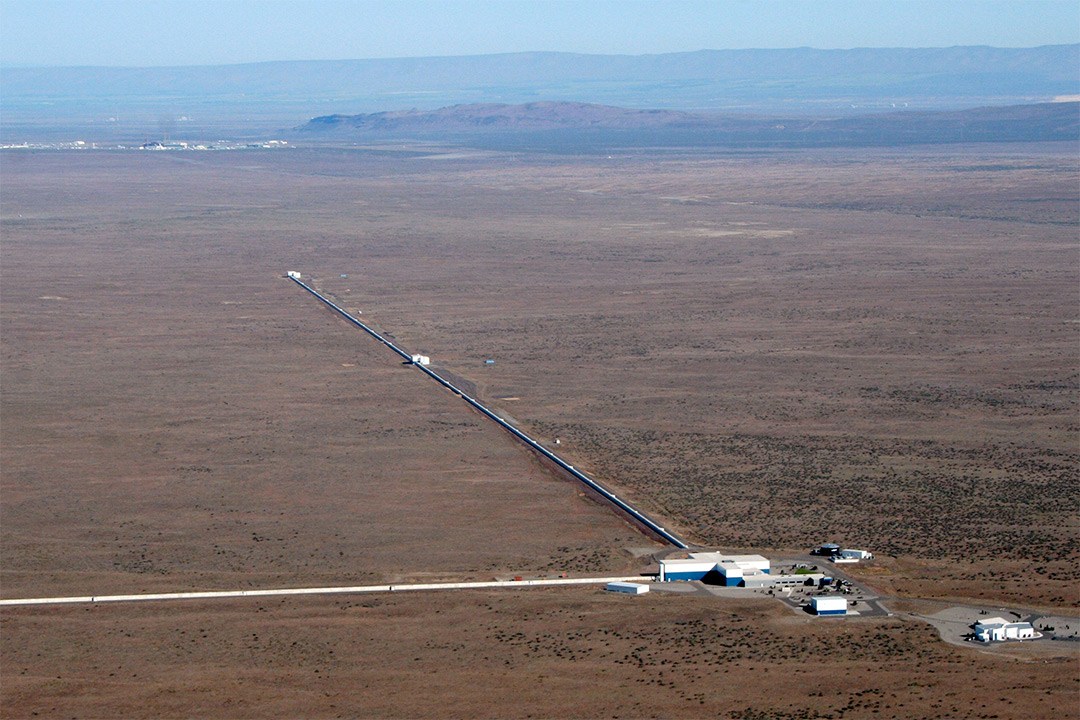
Just weeks after it resumed operations, the National Science Foundation’s Laser Interferometer Gravitational-Wave Observatory (LIGO) may have detected the first ever observed merger between a black hole and a neutron star.
LIGO has already observed pairs of black holes colliding and recently observed two neutron stars colliding as well. These collisions of massive bodies involve large amounts of energy and actually warp spacetime, sending out gravitational waves which LIGO can detect. In the case of neutron star collisions, a burst of light is sent out as well as the gravitational waves.
It is hard to detect the exact location of these events as the amount of sky to observe is very large and the signals are very weak by the time they reach Earth. But the LIGO has support from the Virgo detector in Italy, which covers a large portion of the sky and helps to pinpoint source locations.
The latest finding is a potential merger between a black hole and a neutron star, referred to as S190426c, which has never been observed before. If the finding is confirmed, it could aid in our understanding of how gravitational waves form and our knowledge of the inner working of neutron stars.
“The latest LIGO-Virgo observing run is proving to be the most exciting one so far,” David H. Reitze of Caltech, Executive Director of LIGO, said in a statement. “We’re already seeing hints of the first observation of a black hole swallowing a neutron star. If it holds up, this would be a trifecta for LIGO and Virgo — in three years, we’ll have observed every type of black hole and neutron star collision. But we’ve learned that claims of detections require a tremendous amount of painstaking work — checking and rechecking — so we’ll have to see where the data takes us.”
The potential collision is estimated to have occurred 1.2 billion light-years away from our planet. The potential location has been narrowed down to a region covering about 1100 square degrees, which is about 3% of the total sky. Now observatories around the world can look towards the source of the collision and hopefully see light waves which match with the detected gravitational waves.



